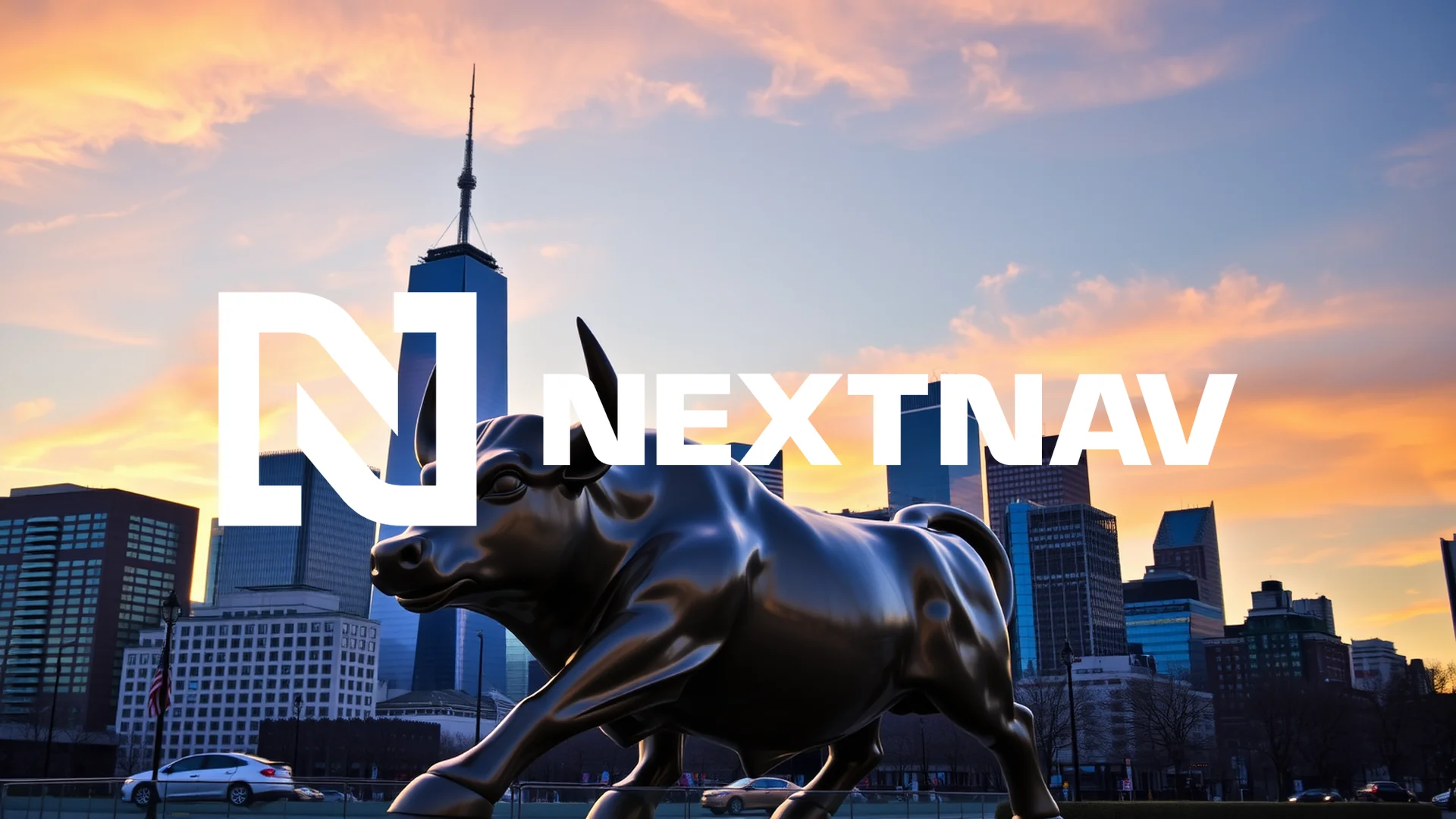California has once again positioned itself at the forefront of gig economy regulation with landmark legislation that could redefine Uber’s operational landscape. The ride-hailing giant confronts this regulatory transformation while simultaneously advancing its artificial intelligence capabilities and expanding its Asian market presence, creating a complex strategic environment for the mobility leader.
Regulatory Compromise Reached in California
Governor Gavin Newsom’s Friday signing of Assembly Bill 1340 establishes a groundbreaking framework for ride-share drivers beginning in 2026. The legislation represents a carefully negotiated settlement that maintains drivers’ independent contractor status while granting them collective bargaining rights for the first time. This resolution concludes years of legal battles and may establish a template for other states considering similar measures.
For Uber, the outcome presents both advantages and challenges. The company avoids the substantial cost increases that would have accompanied employee reclassification while now facing the prospect of organized wage negotiations with driver representatives. This middle-ground approach prevents the most severe financial impact Uber had feared while introducing new labor dynamics into its business model.
Strategic Technology Acquisition
Concurrent with these regulatory developments, Uber is strengthening its technological foundation through the purchase of Belgian AI startup Segments.ai. This strategic move enhances the company’s autonomous driving capabilities while positioning Uber as a potential provider of AI data services to other enterprises. The integration of specialized multi-sensor data expertise signals Uber’s commitment to advancing beyond service optimization toward next-generation transportation technology.
Should investors sell immediately? Or is it worth buying Uber?
Asian Market Growth and Analyst Perspectives
As regulatory pressures intensify in California, Uber is pursuing growth opportunities in competitive Asian markets. The company’s recently announced partnership with premium brand Cathay in Hong Kong introduces an innovative loyalty program where passengers can accumulate frequent flyer miles through ride bookings. This customer retention strategy demonstrates Uber’s adaptive approach in challenging competitive environments.
Market analysts maintain generally positive outlooks despite regulatory uncertainties. Mizuho Securities initiated coverage with an “Outperform” rating and established a $130 price target, while Wells Fargo made a slight adjustment to its target, setting it at $125. Investor attention now focuses on third-quarter results scheduled for release in late October, which may provide clearer indicators of how regulatory changes will impact financial performance.
The central question remains whether Uber can successfully incorporate these new regulatory requirements into its profitable growth strategy. The coming months will reveal if the mobility giant can effectively balance driver interests with shareholder expectations amid this evolving operational landscape.
Ad
Uber Stock: Buy or Sell?! New Uber Analysis from November 20 delivers the answer:
The latest Uber figures speak for themselves: Urgent action needed for Uber investors. Is it worth buying or should you sell? Find out what to do now in the current free analysis from November 20.
Uber: Buy or sell? Read more here...










